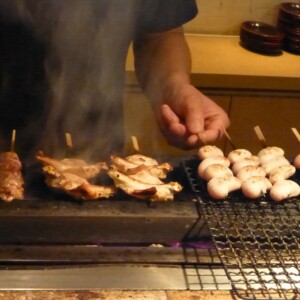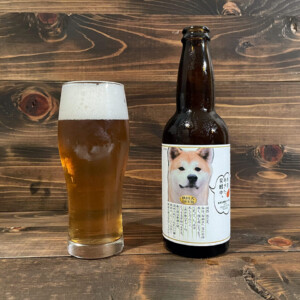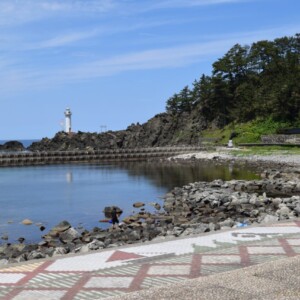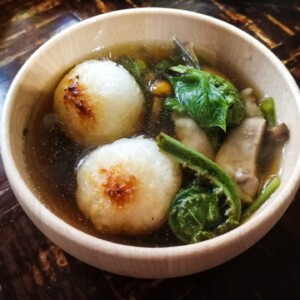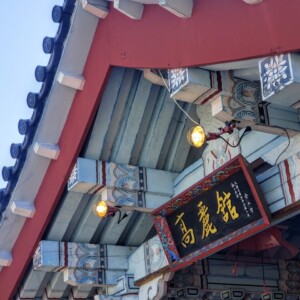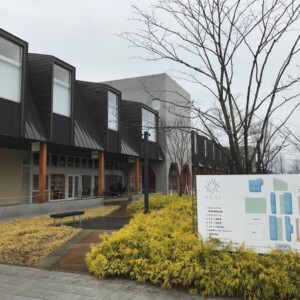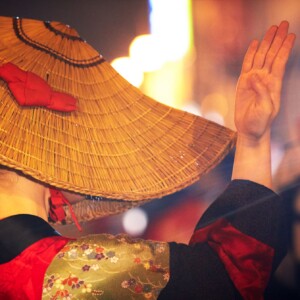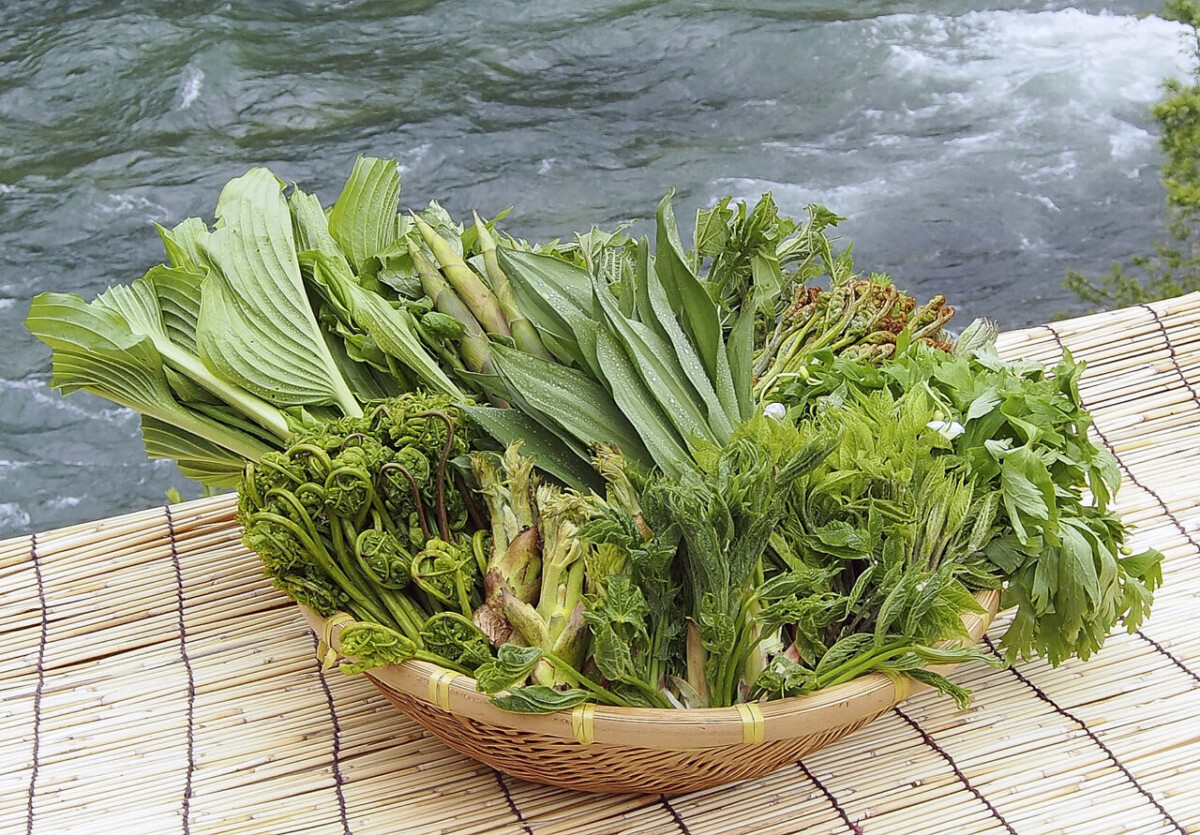
[Yamagata Prefecture] The season has arrived for wild plants and wild plants that can be enjoyed even in early summer, and for the classic grasses that are popular in Yamagata!
table of contents
When you think of wild vegetables, many people think that early spring is the only bounty. In fact, the bounty of nature is not limited to early spring.
In particular, the Tohoku region has many areas with heavy snowfall, but in early summer, there is still snow in the shade, so wild vegetables are picked for a long time. Furthermore, there are many varieties that are just right for collection from early summer to summer.
In this article, we will also introduce wild vegetables that are still enjoyable, wild plants that are familiar to you, and how to eat classic wild plants that are popular and eaten in Yamagata.
Are wild vegetables in snowy countries exceptionally delicious?
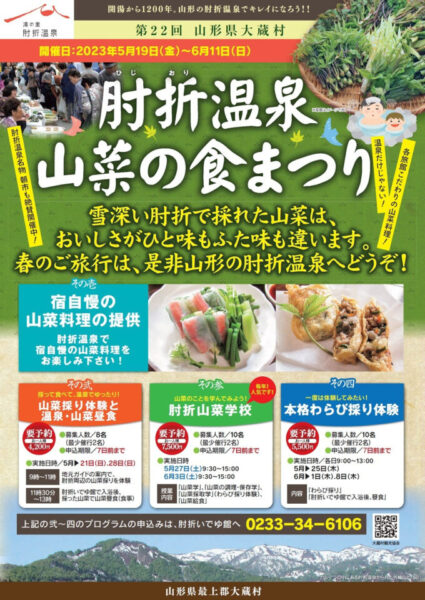
It is no exaggeration to say that Yamagata, a snowy country, is a treasure trove of wild vegetables, so many types of wild vegetables can be harvested. There are wild vegetable corners in various parts of Yamagata Prefecture, and are bustling with many people, even at roadside stations.
When you think of wild vegetables, you may imagine them being harvested deep in the mountains, but there are some varieties that can be harvested in places that are surprisingly close to you, and there are no dangers. You can also buy wild vegetables that are rare and are not easily picked by yourself at the wild vegetable festival.
The reason why wild vegetables from snowy regions are said to be especially delicious is because they prepare to sprout while they survive under the snow, and then emerge as soon as the snow disappears, so they retain their flavor and moisture and can be harvested in a fresh state.
Wild vegetables have an incredible amount of vitality, and it is said that eating them has an excellent effect that also helps to eliminate toxins that have accumulated in the body.
Hibiori Onsen Yamabe Food Festival <Information>
- Address: 451-2 Minamiyama, Okura-mura, Mogami-gun, Yamagata 996-0201
- Business hours: 9:00-17:00
- Closed: May to October, every Tuesday (open on holidays, closed the next day) November to April, every Monday and Tuesday (open on holidays, closed the next day)
- Wild Vegetable Festival period: May 19th (Friday) to June 11th (Sunday), 2023
- Contact: Hijiori Ideyukan phone number 0233-34-6106
【About events during the festival period】
Wild vegetable picking experience and hot spring/wild vegetable lunch
Experience collecting various wild vegetables around Hijiori with a guide (master), take a bath at Hijiori Iyukan, and enjoy a wild vegetable lunch made with the wild vegetables you picked!
- Date and time: May 21st (Sunday) May 28th (Sunday) 9:00-13:00 on both days
- Participation fee: 4,200 yen per person
- Application deadline: Until 7 days before the event date.
Hijiori Sansai School
We hold a day-trip experience school where you can learn about wild vegetables. You will learn how to cook wild vegetables and how to pick them (bracken picking) through hands-on experience.
- Date and time: May 27th (Saturday) June 3rd (Saturday) 9:00-15:00 on both days
- Participation fee: 7500 yen per person
- Application deadline: Until 7 days before the event date.
Authentic bracken picking experience (bathing and lunch included)
You can go to a warabi garden deep in the mountains and collect lots of warabi to take home. You can also take a bath and have lunch at Hijiori Yukan, where you can fully enjoy Hijiori's hot springs and wild vegetables.
- Date and time: May 25th (Thursday) June 1st (Thursday) June 8th (Thursday) 9:00-13:00
- Participation fee: 5,500 yen per person
- Application deadline: Until 7 days before the event date.
*Each event has a limit on the number of participants.
Google Map
What are the delicious wild vegetables that can be picked in the summer in Yamagata?
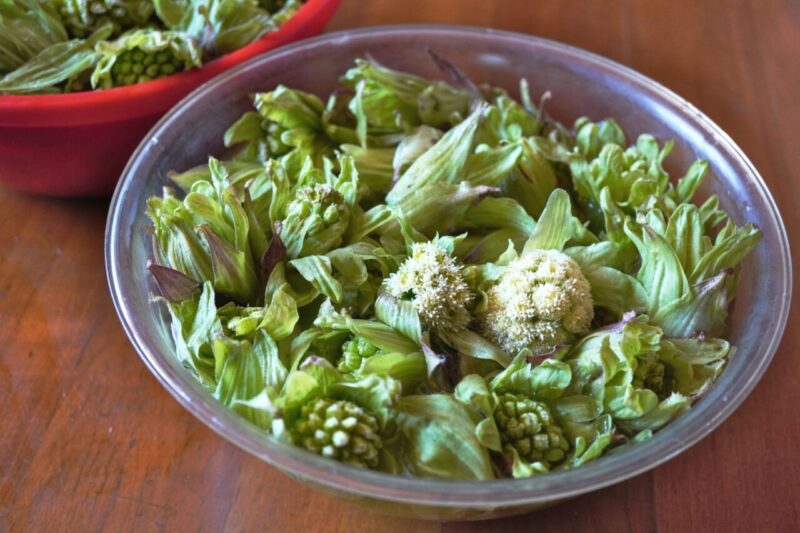
Fukinotou, cod buds, and udon are typical wild vegetables that grow in early spring, but bamboo shoots and kogomi reach their peak a little later, around May.
Next, warabi and butterbur can be harvested until around June. When both are harvested in large quantities, they are preserved in salt and are useful as preserved foods that can be eaten even in winter.
And summer! We will introduce a list of representative wild vegetables that can be enjoyed from early summer.
Introduction to summer wild vegetables and familiar wild plants
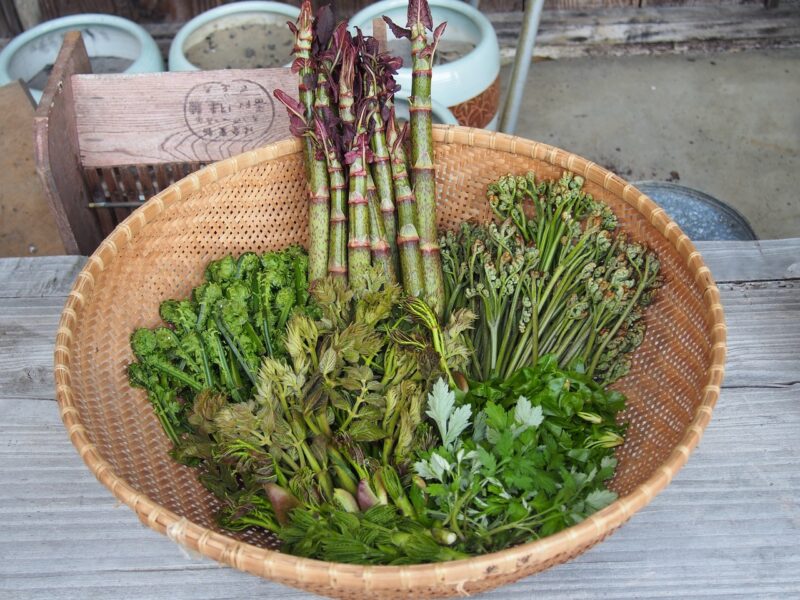
- Whale burdock (commonly known as Mizu) : It often grows wild near spring water or in the edges of streams. The texture is not very quirky and crunchy. It is popular for overnight soaking with kumaki or cucumber.
- Strawberry : You often see it when walking in fields or mountain paths. Its sweet and sour taste is attractive, but when ripe, the sweetness is strong and even tasty.
- Yamamomo : Sometimes it is also planted as a park or a street tree. You can see the fruit ripe and falling on the asphalt. It can be washed and eaten raw, but is recommended for jam and fruit liquor.
- Yamaguwa : Unlike the mollusk used for sericulture, Yamaguwa is small so that the fruit is hidden at the base of the leaves. When ripe, it becomes almost black and sweet and delicious, but the tongue turns colored and does not easily fall off when it reaches clothing, so you should be careful.
- Lincolnia : It is the same species, and there are also Lincolnia. The new shoots in early spring are slightly slimy and delicious, making them perfect for soaking. The dried buds are called "Golden Needle" and are eaten as stews.
- Knotty : Grows wild on banks and vacant lots. It is commonly known as Scampo. This name was called because it made a pop when folding it sour. As it contains oxalic acid, avoid eating too many.
- Purslane : Do Yamagata residents eat weeds? This was introduced on a certain program, and it is one of the delicious wildflowers. It can be eaten almost all year round, but after summer it becomes more sour and less delicious. It can also be used as a preserved food for drying and winter.
- Scum (new shoots and flowers) : Speaking of rubbish, it is famous for making rubbish powder from the roots, but it can be eaten by using the vinegar on the top of the head, or by boiling wisteria-like flowers to make vinegared dishes.
*Gather any wild vegetables or wild plants with someone who is familiar with them, and be sure not to uproot them!
Purslane No. 7 is also known as the leopard in Yamagata, and is also introduced in detail in another article!
summary
Wild vegetables are enjoyed in spring in northern countries, but there are also wild plants that can be harvested from early summer to midsummer, allowing you to enjoy the full benefits of nature.
Can you also eat wild vegetables that everyone knows? We have introduced just a few of the familiar wildflowers.
It seems like there are still some fun events like bracken picking, so it might be a good idea to participate.
We share the power of wild plants and wild plants that have endured the wind and snow of the northern regions. In order to ensure that it remains delicious for years and decades to come, it is absolutely no good to uproot it!




